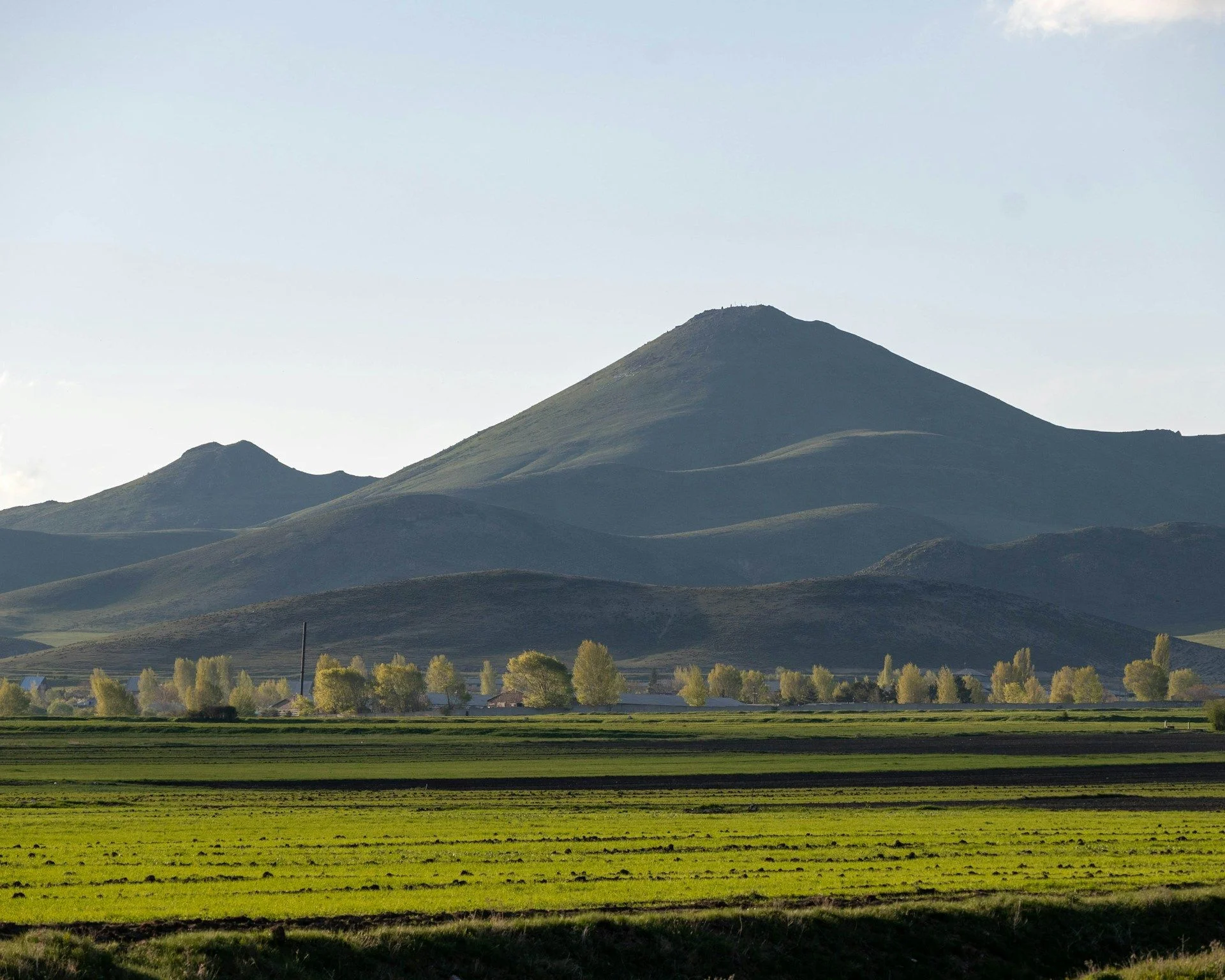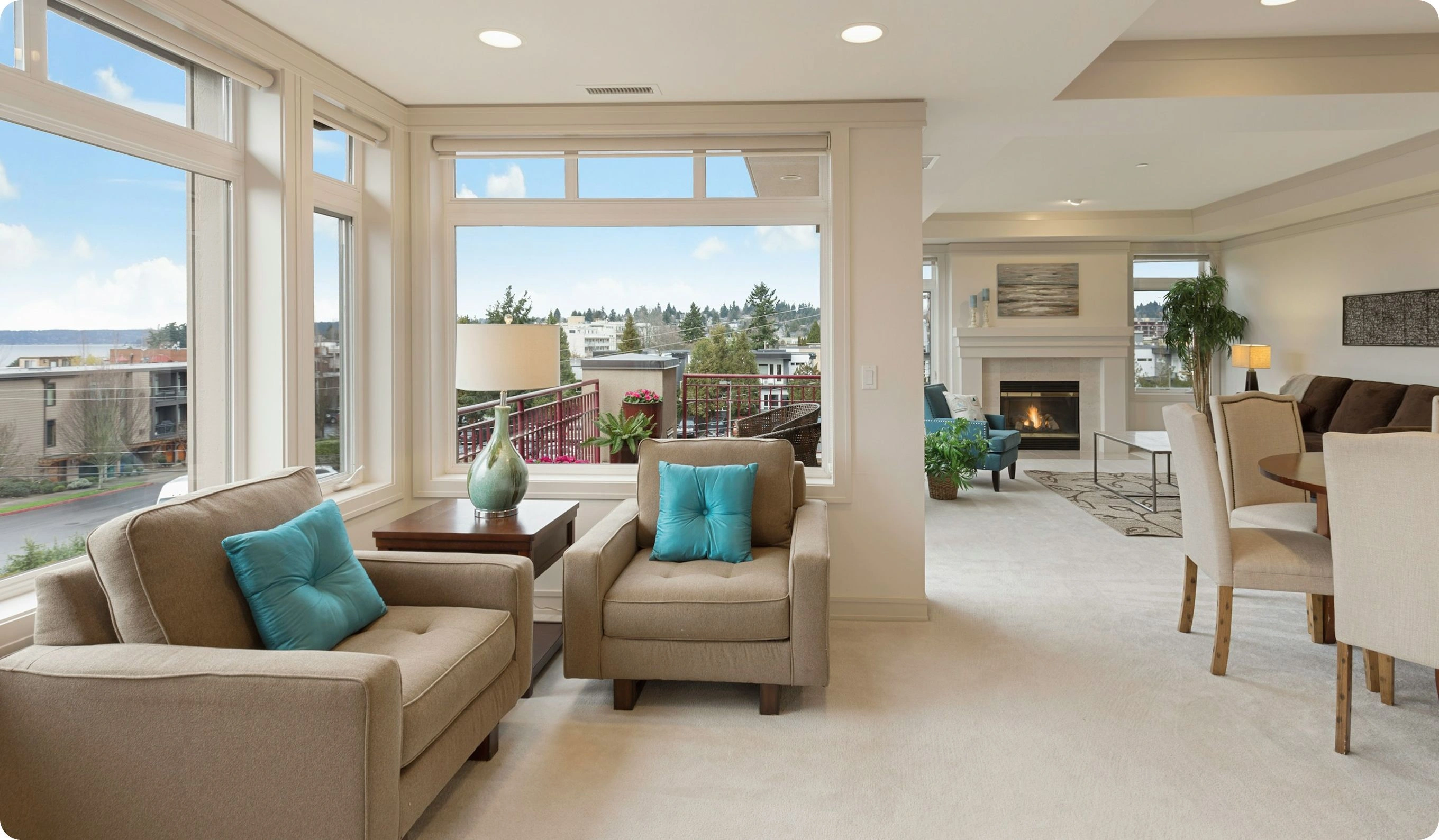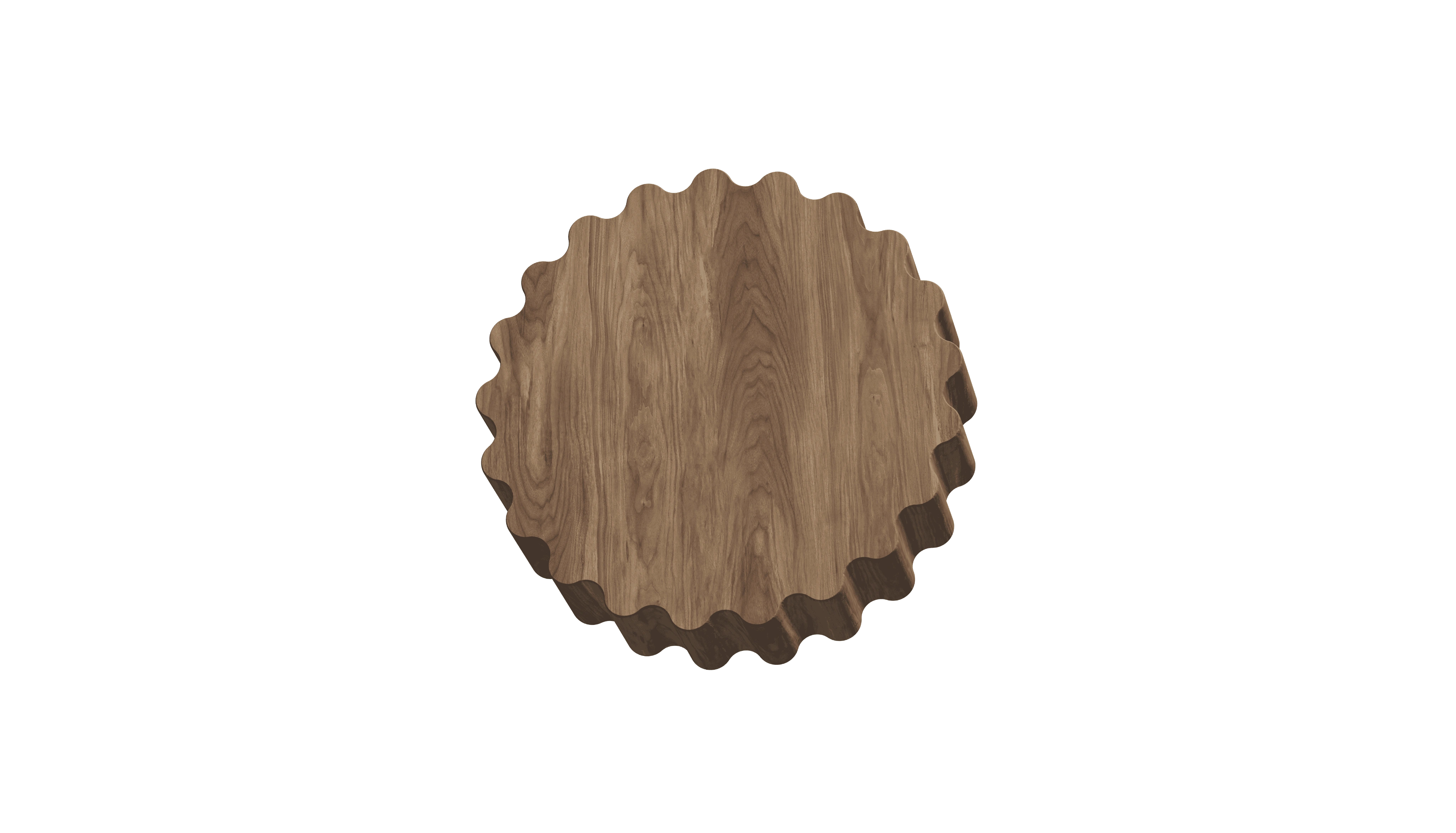Expert-Approved Secondary Properties in GyumriOld town, slow rhythm andwide courtyards

Best offers
in Gyumri
Benefits of investment in
Armenia real estate
Compact capital with urban momentum
Yerevan is growing rapidly, with infrastructure, tech, and rising local investment.
Accessible prices for city apartments
Entry points are low, especially for first-time or regional investors.
Diaspora-driven housing demand
Returnees and foreign Armenians drive ongoing interest in central locations.
Compact capital with urban momentum
Yerevan is growing rapidly, with infrastructure, tech, and rising local investment.
Accessible prices for city apartments
Entry points are low, especially for first-time or regional investors.
Diaspora-driven housing demand
Returnees and foreign Armenians drive ongoing interest in central locations.

Useful articles
and recommendations from experts
Secondary Real Estate in Gyumri: Historic Revival and Value-Driven Opportunities
Gyumri’s secondary real estate in Gyumri market presents international buyers with a blend of 19th-century Armenian neoclassical architecture, Soviet-era residential blocks, and emerging infill developments—at price points 30–40% below Yerevan’s averages. As Armenia’s second-largest city, Gyumri boasts a compact urban centre centred on the 19th-century Kumayri district, where ornate stone mansions share cobblestone streets with artisan workshops and boutique cafés. Resale properties range from grand three-storey facades with carved basalt ornamentation to 1960s Khrushchyovka flats in the Old Silk Road quarter. With growing demand from NGO staff, government offices relocated for regional development, and a rising tourism sector tied to Gyumri’s Winter Jazz Festival and cultural-renewal grants, secondary real estate in Gyumri offers both lifestyle appeal and net rental yields of 6–9%, underpinned by affordable acquisition costs and a revitalising local economy.
Kumayri District: Heritage Homes and Conservation Grants
The Kumayri historic district anchors Gyumri’s resale premium. Buyers here find 19th-century mansions—often called “black-stone houses” for their local tufa façades—featuring handcrafted woodwork, high-ceilinged interiors, and inner light wells. Secondary real estate in Gyumri within Kumayri benefits from municipal and UNESCO-backed grants that can cover up to 50% of approved restoration work. Value-add pathways include repointing intricate stone cornices, restoring hand-carved window lintels, and retrofitting original timber shutters with insulated aluminum replicas that preserve historic profiles. Interior interventions often open compartmental parlours into flowing living/dining spaces, insert compact but fully equipped European-style kitchens with quartz counters, and convert attic volumes into guest lofts with Velux skylights. These meticulously restored homes command high nightly rates for cultural-tourism rentals and secure long-term leases from diplomatic missions and arts organizations seeking authentic Armenian residences.
Soviet-Era Complexes and Infill Renovations
Beyond the heritage core, Gyumri’s 1960s apartment blocks in districts such as Armenian Philharmonic and Central Market provide steady rental inventory at lower entry costs. Secondary real estate in Gyumri investors targeting these flats typically implement envelope upgrades—applying external insulation and breathable render systems, replacing single-pane windows with double glazing, and installing concealed mini-split HVAC tied into district heating prototypes. Inside, cosmetic refits include engineered laminate floors, streamlined kitchen cabinetry with integrated appliances, and frameless glass shower enclosures with porcelain tilework. Community-wide enhancements—LED-lit corridors, secure fob-access lobbies, and resurfaced courtyard playgrounds—lift building-wide rental appeal and enable 10–12% rental-rate increases. Further value-add plays emerge in newly zoned infill lots, where investors can replace derelict structures with boutique four-unit townhouse clusters—each unit designed with half-basement studios and rooftop terraces—leveraging urban-renewal incentives to expand Gyumri’s secondary-market breadth.
Connectivity improvements and economic diversification underpin Gyumri’s secondary real estate momentum. The ROTP (Regional Opportunity Transport Plan) highway upgrades link the city to Tbilisi and Ankara via the North-South Corridor, reducing logistics costs for local industries. The Shirak Airport’s expanding European charter services boost tourism inflows, supporting short-term let yields in centrally located resale flats. Cultural anchors—the Gyumri History Museum and annual arts biennales—draw domestic and international visitors year-round, sustaining occupancy in heritage and modern resale properties alike. Armenia’s streamlined foreign-buyer regulations—5% transfer tax, no restrictions on non-resident ownership, and clear title registries—further enhance cross-border investor confidence. With acquisition prices averaging US$600–800 per square meter and renovation-driven upside, secondary real estate in Gyumri stands out as a value-driven entry into Armenia’s emerging regional hubs.
